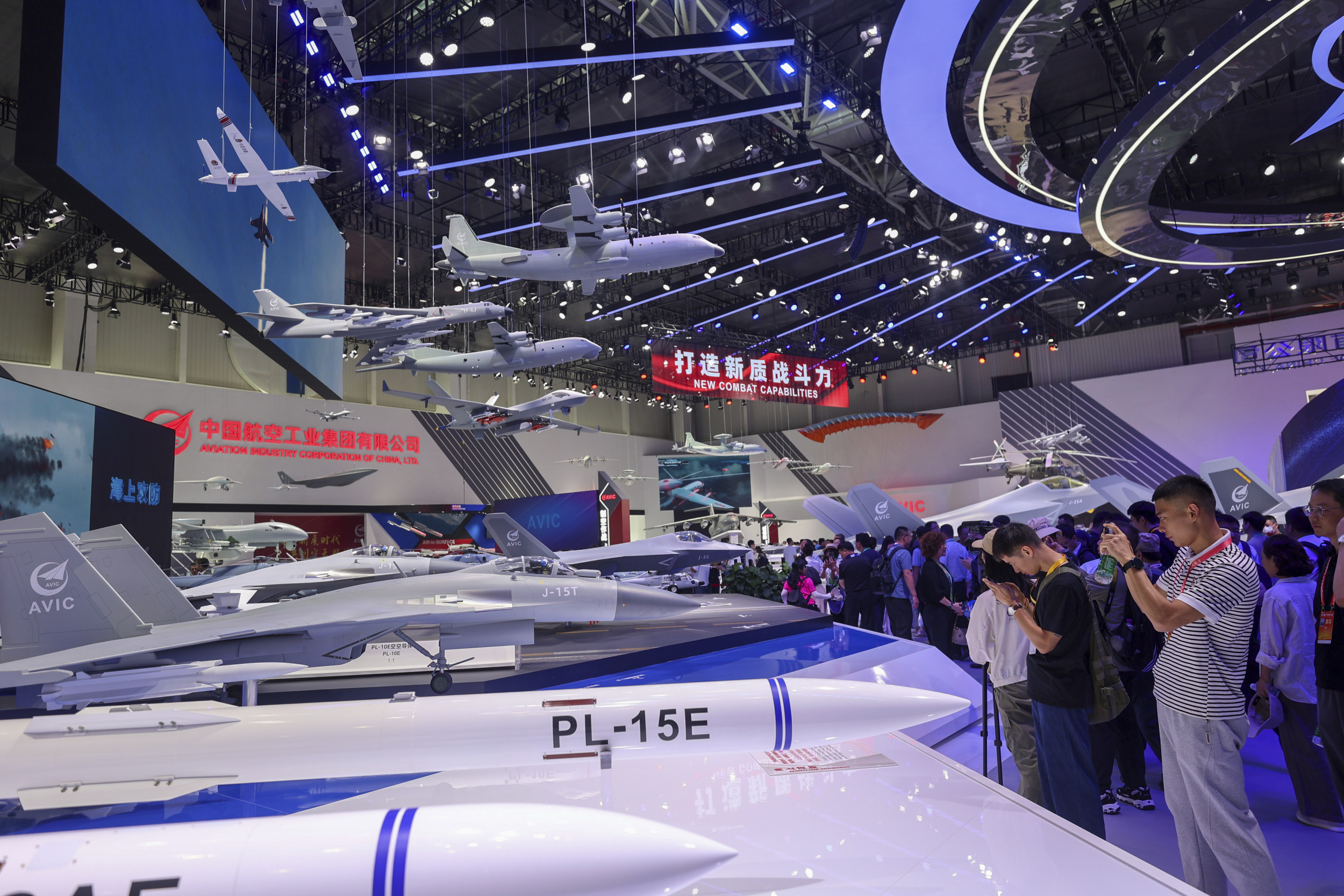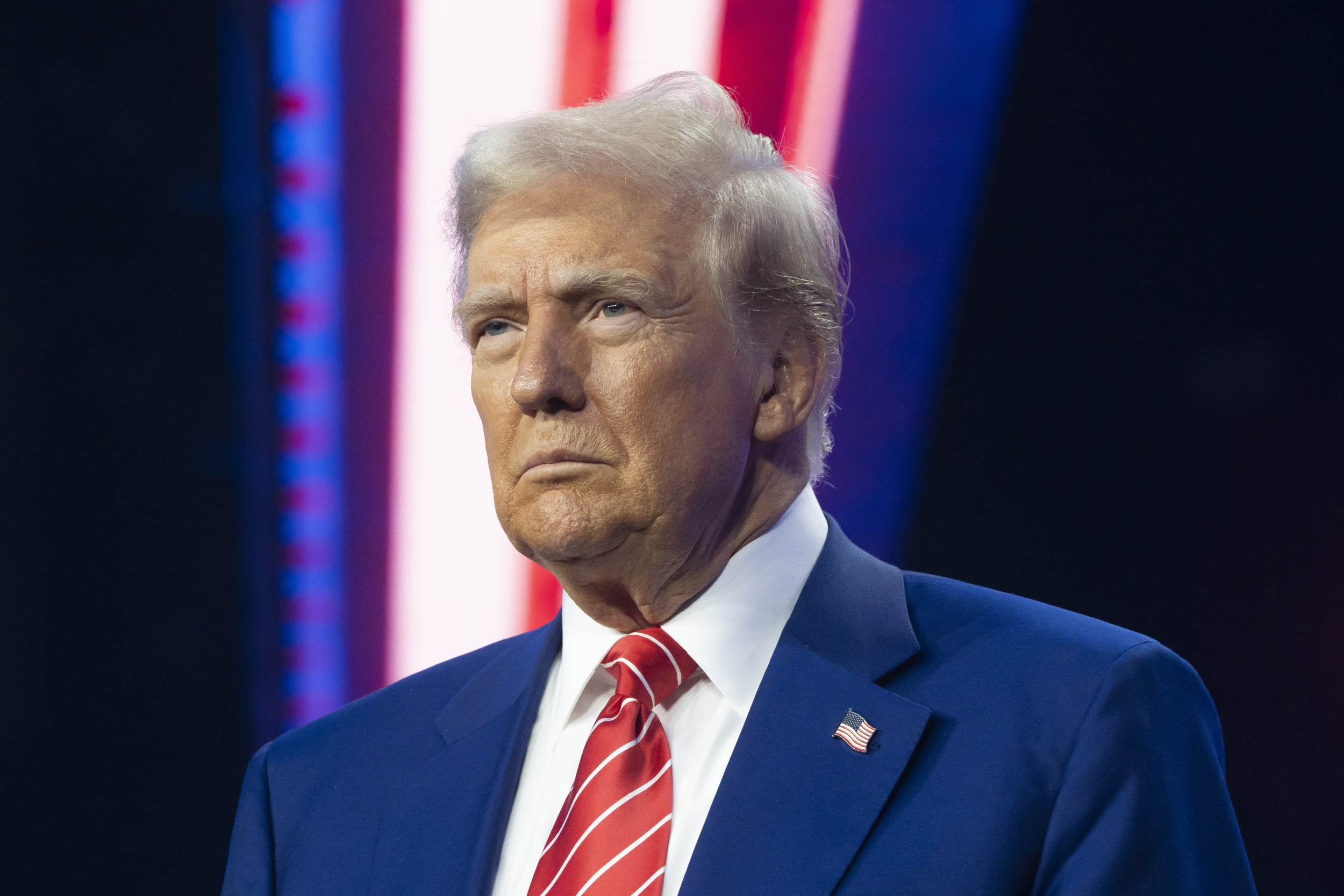
China downplayed how India could benefit from studying its military technology in comments on reports that its neighbor and rival found an unexploded PL-15E missile during its recent conflict with Pakistan, .
Newsweek has reached out to India’s Defense Ministry for comment.
Why It Matters
The remarks mark the first time Beijing has publicly addressed the use of its weapons in the four-day military confrontation between the two nuclear-armed nations, the first to see a military—Pakistan—deploy a full array of advanced Chinese systems, including the HQ-9 air defense system, PL-15 missiles, and J-10C fighters, and put them to test in combat.

Zou Wei/VCG/AP
What To Know
“The missile you mentioned is an export equipment and has appeared in domestic and foreign defense exhibitions many times,” Senior Colonel Zhang Xiaogang, spokesperson of the Chinese Defense Ministry told a press conference on Wednesday, when asked about reports on the missile.
The PL-15E is an export version of a Chinese long-range air-to-air missile with an active radar seeker, capable of targeting enemy aircraft beyond visual range.
Earlier this month, India’s Hindu Bharatiya Janata Party (BJP) member Amit Malviya published footage of the supposed Chinese missile, purportedly recovered in Punjab. According to multiple news reports, it was the third instance where remnants of the PL-15E were found on Indian territory during the India-Pakistan conflict from May 7 to May 10.
A fully intact Chinese PL-15 long-range air-to-air missile was recovered in Hoshiarpur, Punjab—clearly launched from a PAF jet, most likely a JF-17. It failed to detonate. pic.twitter.com/BME3n5blTg
— Amit Malviya (@amitmalviya) May 9, 2025
The collection of debris holds significance for India—a growing U.S. partner—for technical examination and potential reverse engineering—and for its allies. The missiles were used during a massive air battle that took place between India and Pakistan, with the latter claiming to have taken down several of India’s French-made Rafale jets using Chinese J-10 fighters.
The United States has long considered South Asia a vital region in global peace and security.
What People Are Saying
Senior Colonel Zhang Xiaogang, spokesperson of the Ministry of National Defense said, translated from Chinese: “India and Pakistan are neighbors who cannot move away. We hope that both sides should remain calm and restrained to avoid further complicating the situation. China is willing to continue to play a constructive role in maintaining regional peace and stability.
Christopher Clary, non-resident fellow with Stimson’s South Asia program, wrote in published analysis: “The performance of these newer Chinese systems on the battlefield is of immense importance to states that worry about a future confrontation with China. Likewise, their performance matters for a large number of militaries considering the purchase of Chinese equipment for their own defense needs.”
What Happens Next
China could be fast-tracking delivery of its advanced J-35A fifth-generation stealth fighters to Pakistan, signaling deepening military ties amid rising tensions after recent cross-border violence with India.





